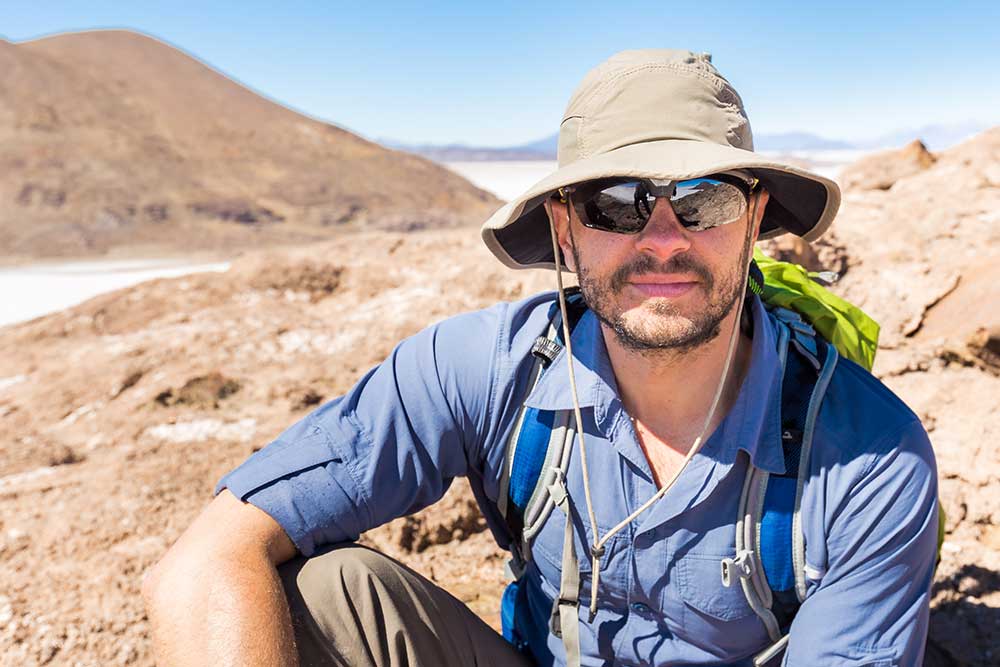All Categories
Featured
Table of Contents
Definition: Geophysical Survey in Greenwood Australia 2020

The main design for the radial structure of the interior of the Earth is the preliminary referral Earth model (PREM). Some parts of this design have been upgraded by recent findings in mineral physics (see post-perovskite) and supplemented by seismic tomography. The mantle is generally made up of silicates, and the boundaries in between layers of the mantle follow stage shifts.

This makes plate tectonics possible. Schematic of Earth's magnetosphere. The solar wind circulations from delegated right. If a planet's electromagnetic field is strong enough, its interaction with the solar wind forms a magnetosphere. Early space probes mapped out the gross measurements of the Earth's magnetic field, which extends about 10 Earth radii towards the Sun.
Inside the magnetosphere, there are reasonably dense areas of solar wind particles called the Van Allen radiation belts. Geophysical measurements are generally at a particular time and location.
Introducing Geophysical Surveying in Mount Nasura Aus 2021
A three-dimensional position is determined utilizing messages from 4 or more visible satellites and referred to the 1980 Geodetic Reference System. An option, optical astronomy, combines huge coordinates and the regional gravity vector to get geodetic collaborates. This technique only supplies the position in two coordinates and is harder to utilize than GPS.
Relative positions of two or more points can be identified utilizing very-long-baseline interferometry. Gravity measurements ended up being part of geodesy due to the fact that they were needed to related measurements at the surface area of the Earth to the referral coordinate system. Gravity measurements on land can be used gravimeters deployed either on the surface area or in helicopter flyovers.
Water level can likewise be measured by satellites using radar altimetry, contributing to a more precise geoid. In 2002, NASA released the Gravity Healing and Climate Experiment (GRACE), where 2 twin satellites map variations in Earth's gravity field by making measurements of the distance in between the two satellites utilizing GPS and a microwave varying system. Satellites in area have made it possible to gather data from not just the noticeable light region, however in other areas of the electro-magnetic spectrum. The worlds can be identified by their force fields: gravity and their magnetic fields, which are studied through geophysics and area physics. Measuring the modifications in velocity experienced by spacecraft as they orbit has permitted fine details of the gravity fields of the worlds to be mapped.
Geophysical Survey - Suffolk Heritage Explorer in East Perth Oz 2021

Since geophysics is concerned with the shape of the Earth, and by extension the mapping of functions around and in the planet, geophysical measurements consist of high precision GPS measurements. When the geophysical measurements have been processed and inverted, the translated outcomes are outlined using GIS.
Many geophysics business have actually developed in-house geophysics programs that pre-date Arc, GIS and Geo, Soft in order to meet the visualization requirements of a geophysical dataset. Expedition geophysics is applied geophysics that frequently uses remote sensing platforms such as; satellites, aircraft, ships, boats, rovers, drones, borehole sensing equipment, and seismic receivers.
Aeromagnetic information (airplane collected magnetic data) collected using standard fixed-wing aircraft platforms need to be remedied for electro-magnetic eddy currents that are created as the aircraft moves through Earth's electromagnetic field. There are also corrections related to modifications in measured possible field intensity as the Earth turns, as the Earth orbits the Sun, and as the moon orbits the Earth.
Geophysical Survey - Archaeological Research in Pickering Brook Western Australia 2023
Signal processing includes the correction of time-series data for undesirable noise or errors introduced by the measurement platform, such as aircraft vibrations in gravity data. It likewise involves the decrease of sources of sound, such as diurnal corrections in magnetic data., meteorology, and physics.
The magnetic compass existed in China back as far as the 4th century BC. It was used as much for feng shui as for navigation on land. It was not until excellent steel needles might be created that compasses were used for navigation at sea; before that, they could not keep their magnetism long enough to be beneficial.
By looking at which of eight toads had the ball, one could figure out the direction of the earthquake.'s (1600 ), a report of a series of precise experiments in magnetism.
What Is Geophysics And What Do Geophysicists Do? in Balga Oz 2023
In 1687 Isaac Newton released his, which not only laid the foundations for classical mechanics and gravitation but likewise described a range of geophysical phenomena such as the tides and the precession of the equinox. The first seismometer, an instrument efficient in keeping a constant record of seismic activity, was built by James Forbes in 1844. Geochemistry, Geophysics, Geosystems. National Aeronautics and Space Administration. Recovered 13 November 2018.
Leipzig. Berlin (Gebruder Borntraeger). Runcorn, S.K, (editor-in-chief), 1967, International dictionary of geophysics:. Pergamon, Oxford, 2 volumes, 1,728 pp., 730 fig Geophysics, 1970, Encyclopaedia Britannica, Vol. 10, p. 202-202 Ross 1995, pp. 236242 Shearer, Peter M. (2009 ). Introduction to seismology (2nd ed.). Cambridge: Cambridge University Press. ISBN 9780521708425. Stphane, Sainson (2017 ).
Table of Contents
Latest Posts
What Is Geophysics And What Do Geophysicists Do? in Butler Western Australia 2022
Geophysical Survey - Archaeological Research in Lockridge WA 2020
Geophysical Investigations in Kelmscott Western Australia 2023
More
Latest Posts
What Is Geophysics And What Do Geophysicists Do? in Butler Western Australia 2022
Geophysical Survey - Archaeological Research in Lockridge WA 2020
Geophysical Investigations in Kelmscott Western Australia 2023